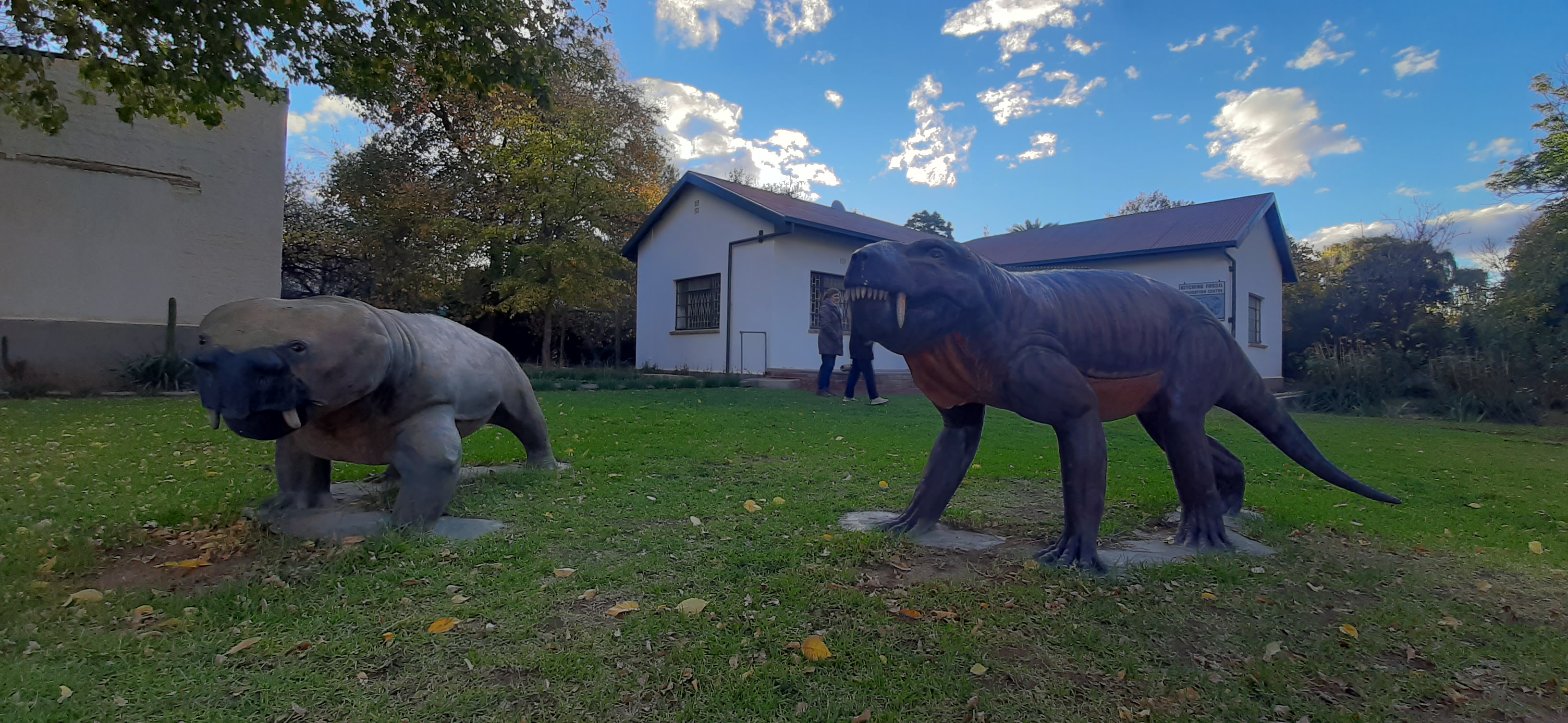
Many many millions of moons ago the Karoo was an inland sea which over time slowly started to shrink. About 265 million years ago, the Beaufort Group of rocks within the Karoo sequence was beginning to be deposited by massive rivers draining into the shrinking inland Ecca Sea. As these rivers filled the basin with sediment that entombed the remains of land animals that lived around them. This period is known as the Permian Period and took place around 50 million before the big dinosaurs roamed the earth during the Jurassic Period. Fossils found from this period includes therapsid “mammal-like” reptiles as well as the oldest recorded fossil ancestor of living turtles and tortoise.
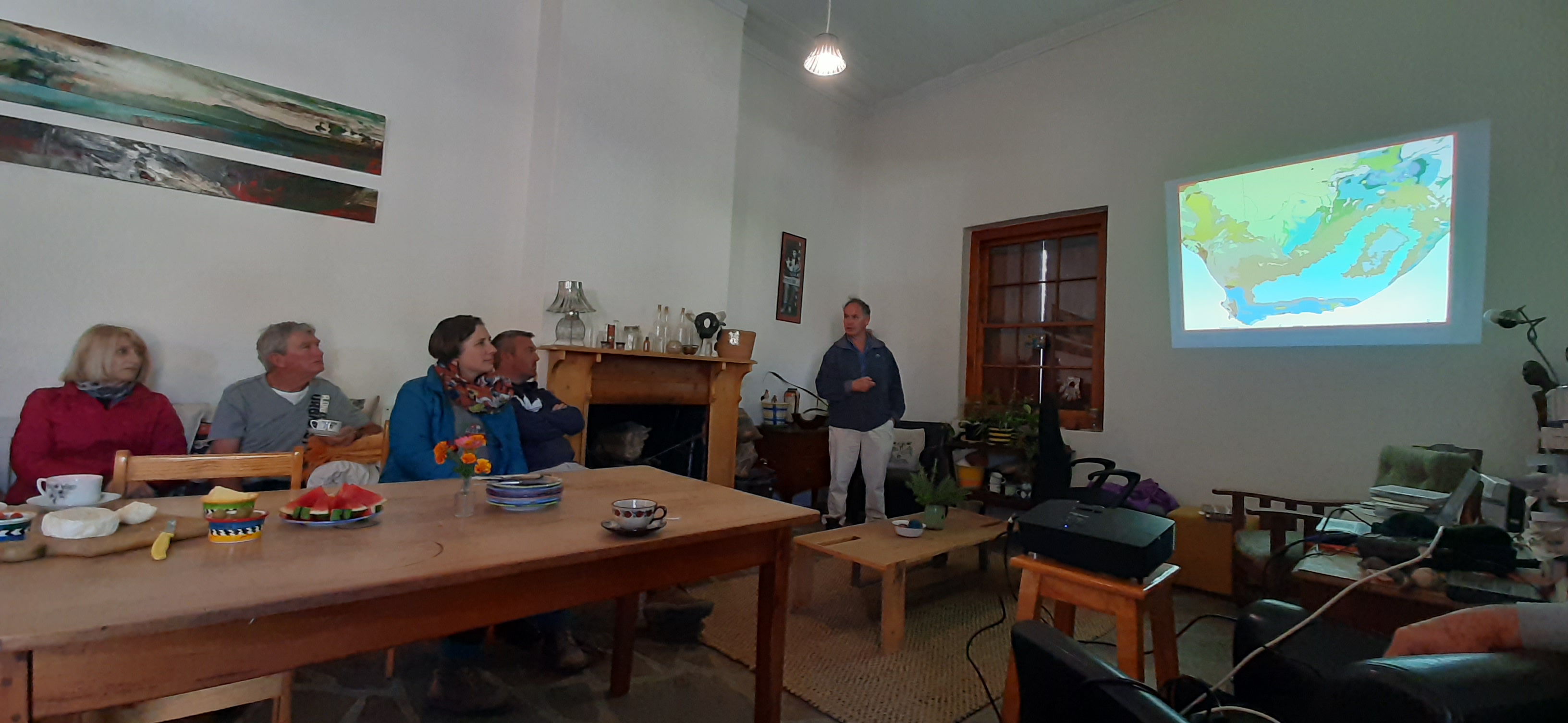
The Kitching Fossil Exploration Centre is located very close to the famous Owl House and showcases the Karoo Fossils. My visit offered a little bit more than usual as Professor Bruce Rubidge, director of Wits University’s Centre of Excellence in Paleoscience, lives in nearby Graaff Reinet and was in the village for a talk to a group of tourism people. This was an absolute bonus to hear one of the top minds in the fossil world talk about the early (very early) history of South Africa and in particular the Karoo.
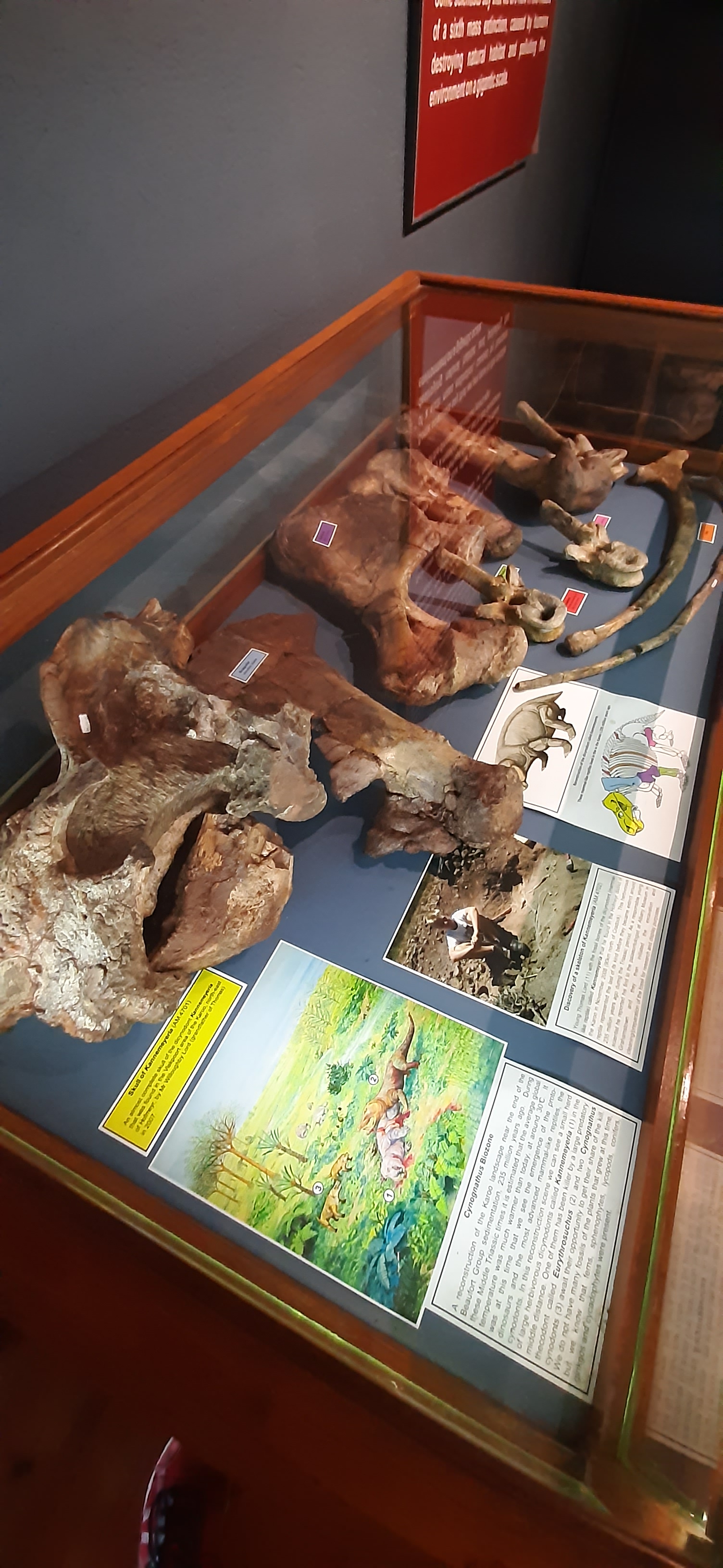

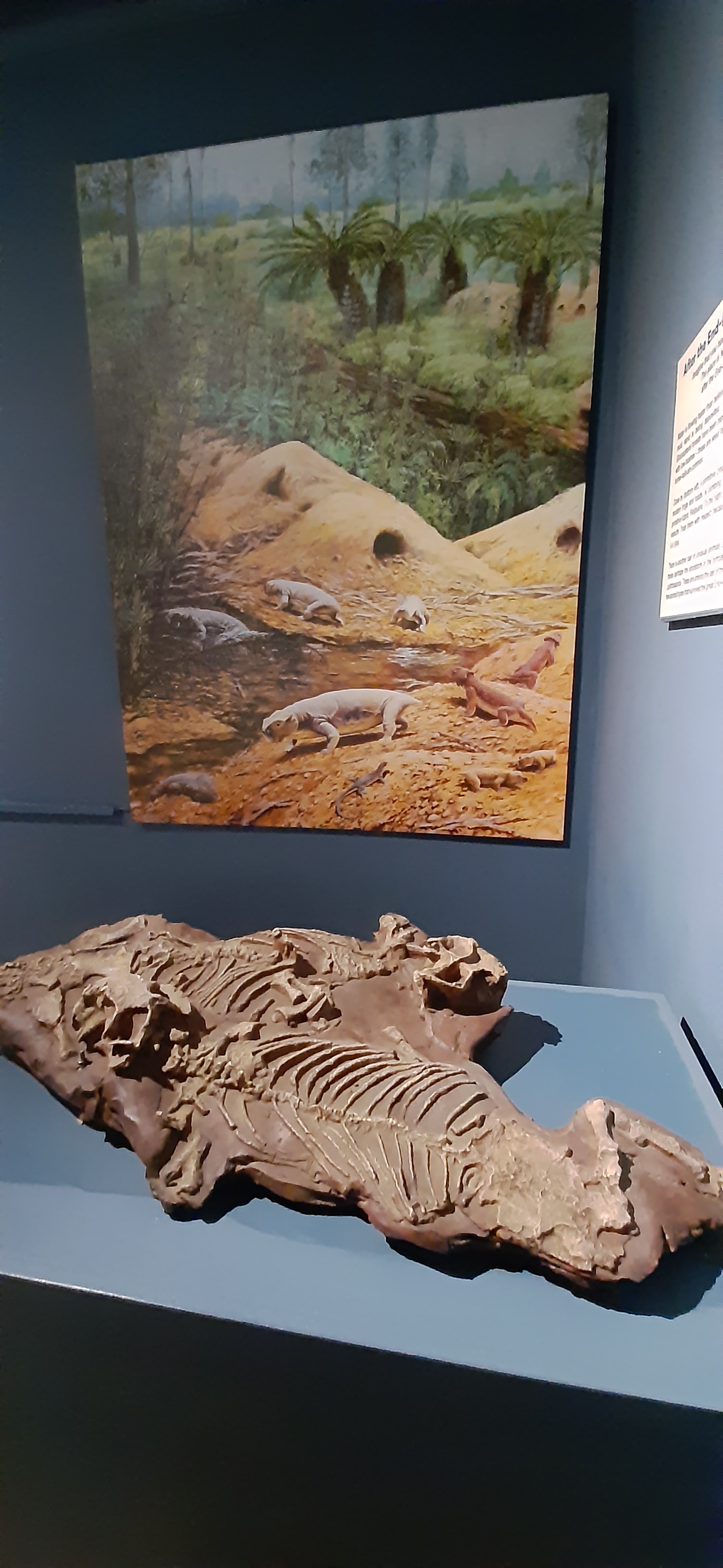
The Kitching Fossil Centre is named after and dedicated to James Kitching, one of the world’s great palaeontologists, who grew up in Nieu Bethesda and went on to head the world famous Bernard Price Institute for Palaeontological Research at the University of Witwatersrand. The centre showcases the fossils found both in Nieu Bethesda and in other places in South Africa and includes life sized replicas of Gorgonopsian and Aulacephalodon. An interesting fact is that these weren’t dinosaurs but the distant ancestors of modern mammals. You can also see a demonstration of the slow and patient process of removing fossils from a rock with an air compressed vibrating drill and high magnification. The removal process is called fossil preparation.

The highlight of a visit to the Kitching Fossil Centre is being taken to the nearby Gats River. The river is usually dry and only flows once or twice a year. It is here where the guide showed us where to find fossils in the dry riverbed. He explained how to tell a fossil from an ordinary rock and how the rocks themselves are fossilised beaches, river bottoms, and ancient soil surfaces.

The easiest way to identify a fossil and make sure its not a rock is to spray some water on it. The fossil will display as white standing out from the dark rock.

Our guide also brought along to fossil replicas of fossils found in the riverbed to show us what the fossil embedded in the rock looks like. When I was small I wanted to become an archeologist and even though I work in tourism, my interest in fossils are still huge. Perhaps that is why Jurassic Park is still one of my favorite movies of all time.
Please keep in mind that if you ever find a fossil, that you can’t just take it home as fossils are protected by law in South Africa. And it’s probably buried deep in a rock so getting it out will be a little tough as well.

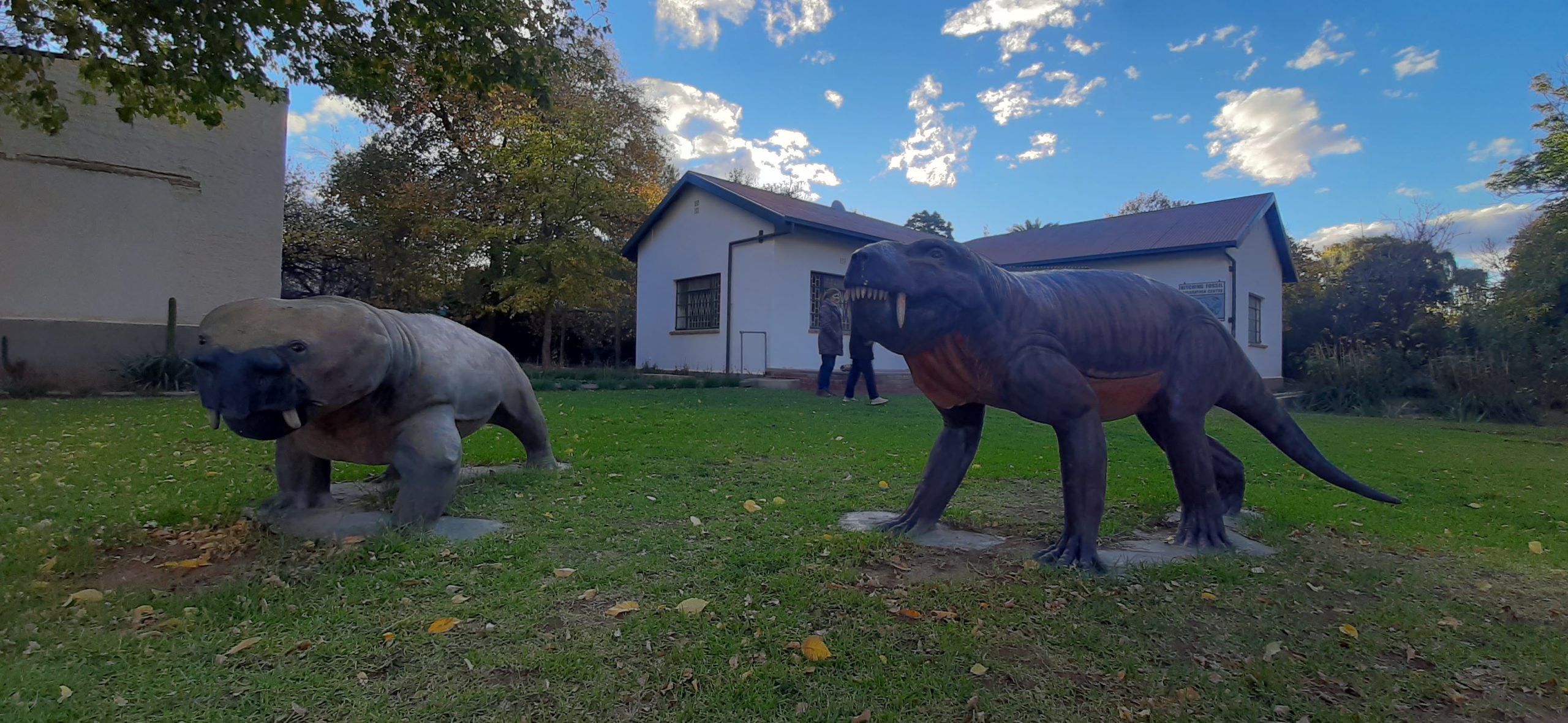

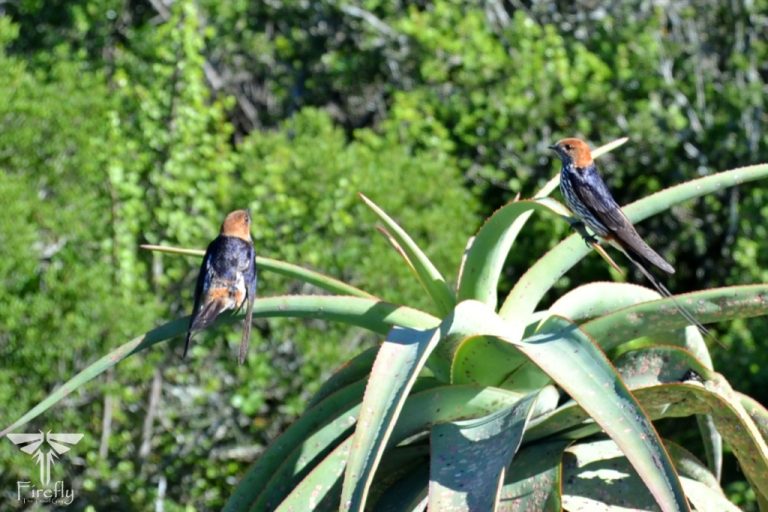
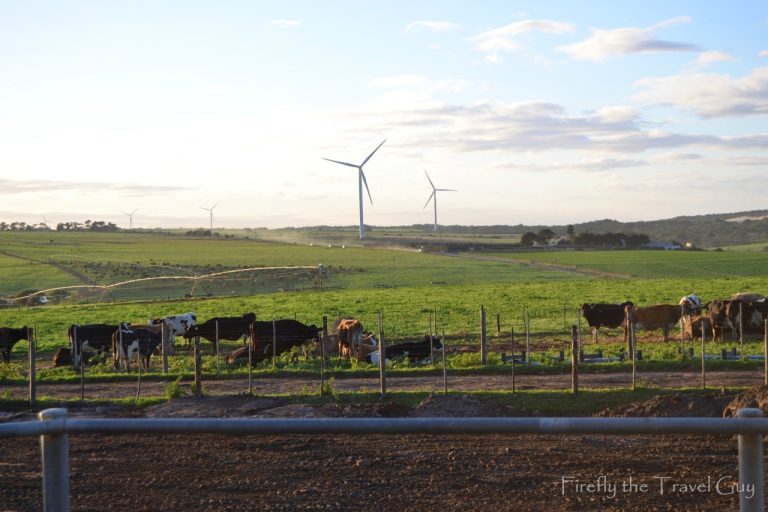
Hi Jonkerkie Pls change my email address to wendytemlett74@gmail.com I’m changing jobs next week. I thoroughly enjoy reading your blogs W
________________________________